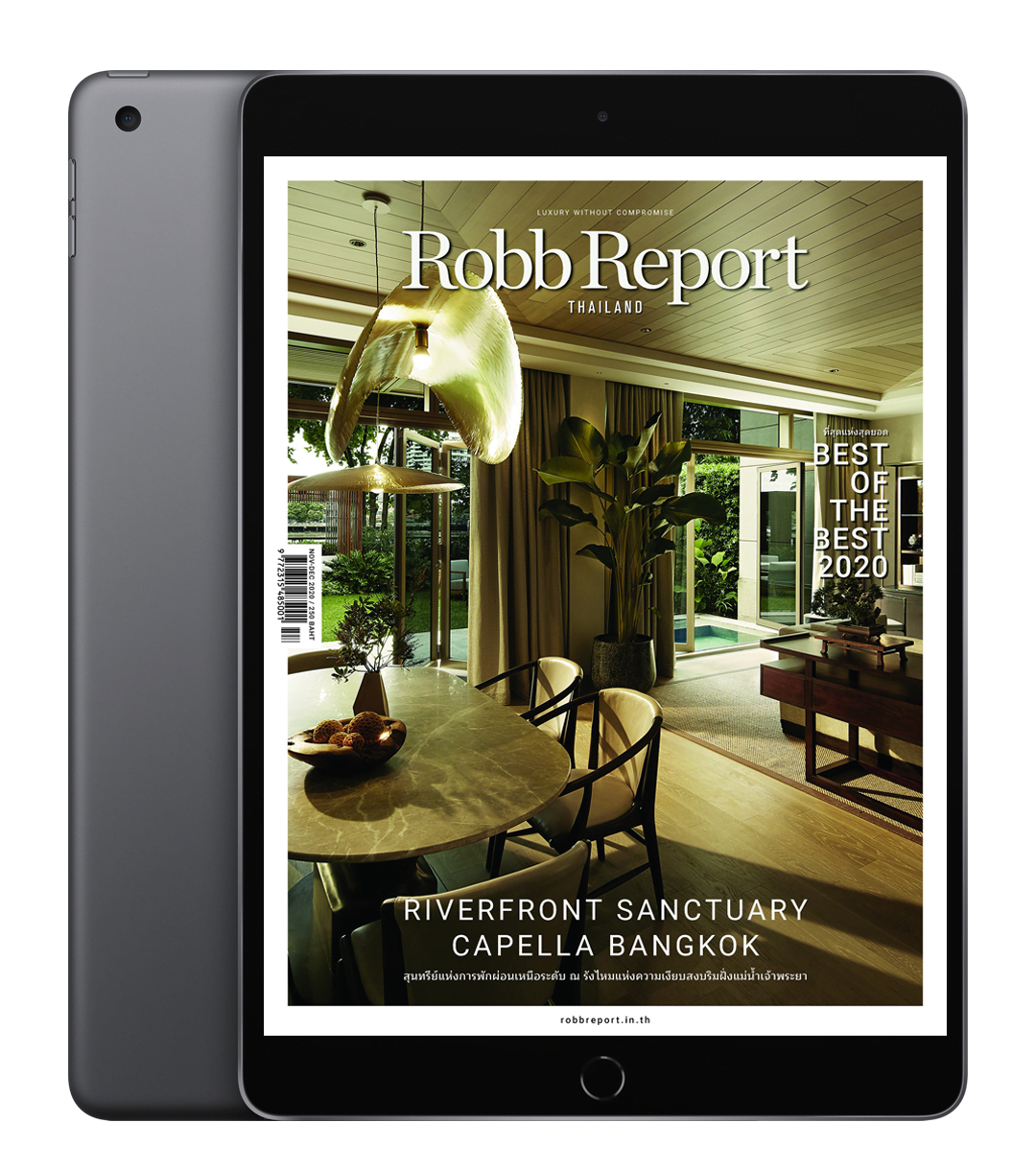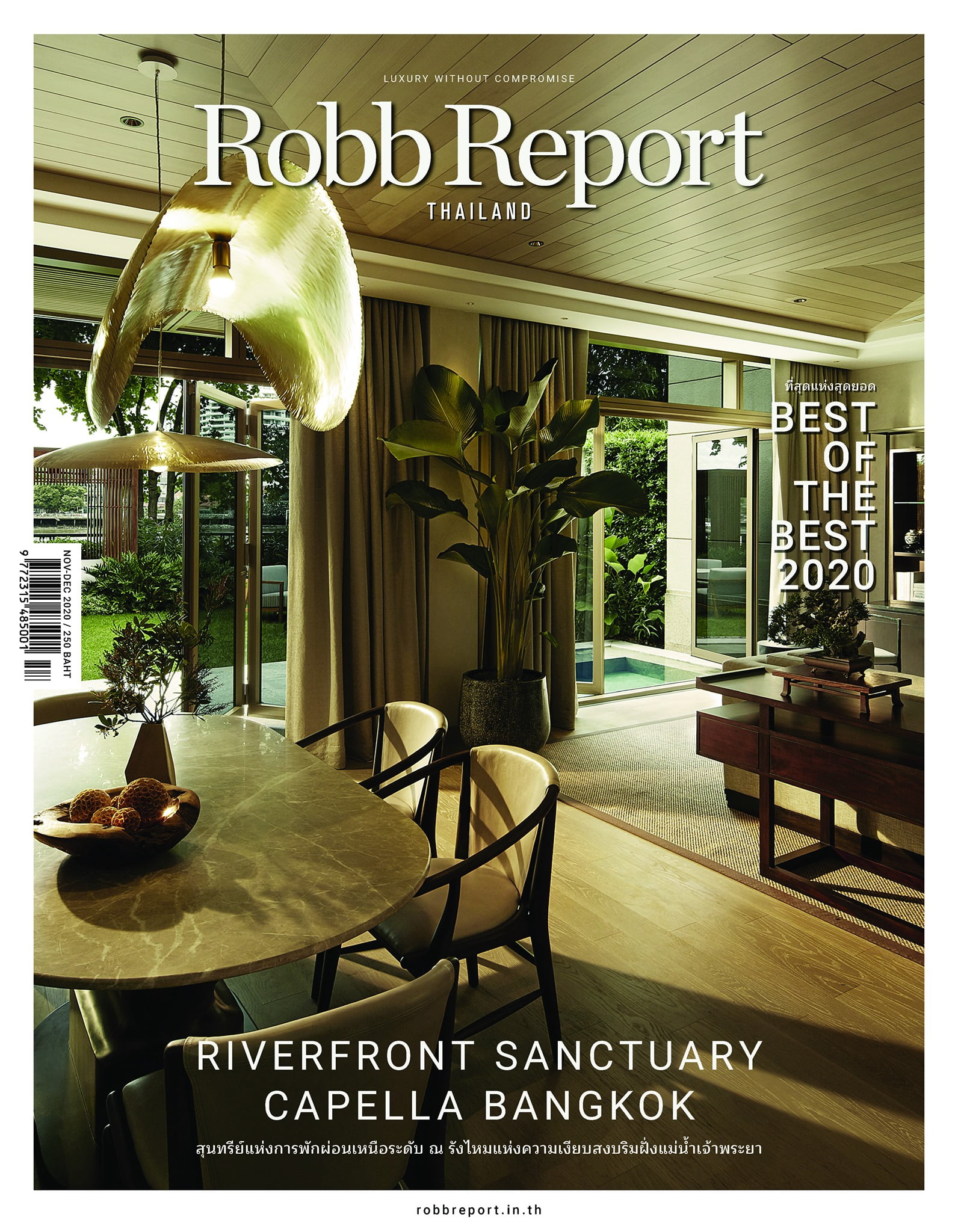สองสถาปนิก Jon Gentry และ Aimée O’Carroll ผู้ก่อตั้งสตูดิโอออกแบบ GO’C ในซีแอตเติล ได้พบกันครั้งแรกในปี 2011 ขณะนั้น O’Carroll เพิ่งเริ่มฝึกงานที่ Olson Kundig ซึ่งเป็นที่ที่ Gentry ทำงานมาแล้ว 6 ปี ทั้งสองคนถูกชะตากันด้วยความรักในศิลปะ การออกแบบเชิงทดลอง และการทำงานร่วมกันจากหลายสาขาวิชา ดังนั้นหลังจาก O’Carroll กลับไปลอนดอนหลังฝึกงานจบ พวกเขาก็ตัดสินใจทำงานร่วมกันต่อไป ทันทีที่ทั้งคู่ลาออกจากบริษัทที่ตัวเองสังกัดอยู่ (ขณะนั้น O’Carroll อยู่ที่ Liddicoat & Goldhill) พวกเขาก็เริ่มทำงานร่วมกันในโครงการประกวดออกแบบนานาชาติต่างๆ โดยอาศัยการติดต่อสื่อสารผ่าน Skype, อีเมล และโทรศัพท์ ทั้งคู่ส่งแบบงานไปมาให้กัน โดยต่างคนต่างตื่นมาพบกับโน้ตและการแก้ไขจากอีกคน
“เรามาถึงจุดที่อยากจะสำรวจงานออกแบบนอกเหนือจากงานประจำที่ทำอยู่" O’Carrol กล่าว “มันเป็นโอกาสที่จะได้ลองแนวคิดเชิงสุนทรียภาพมากขึ้น"
ความร่วมมือระหว่างสองทวีปประสบความสำเร็จในปี 2012 เมื่อทั้งคู่ได้รับรางวัลรองชนะเลิศในการประกวดออกแบบ Rethink Reuse สำหรับแนวคิดการปรับโฉมสะพานลอย Route 520 ของรัฐวอชิงตัน ให้เป็นชุดสิ่งติดตั้งเฉพาะสถานที่ โดยใช้ทุ่นลอยน้ำคอนกรีตเก่าของสะพานมาสร้างเป็นสวนสาธารณะ ศิลปะสาธารณะ และเลนจักรยาน โครงการนี้ได้รับรางวัลมูลค่า 1,500 ดอลลาร์ ซึ่งพวกเขาตัดสินใจนำไปใช้ในการเปิดบริษัทอย่างเป็นทางการ
“จอนมีคอนเนคชั่นที่ดีมากในซีแอตเติล" O’Carrol กล่าว “และเป็นช่วงเวลาที่น่าสนใจสำหรับงานออกแบบที่นี่ มีสตูดิโอและบริษัทรับสร้างบ้านหลายแห่งเริ่มต้นธุรกิจ พวกเราทุกคนเริ่มทำงานร่วมกัน และสร้างความสัมพันธ์ที่ยังคงอยู่มาจนถึงทุกวันนี้"
คอนเนคชั่นของ Gentry นำไปสู่โครงการใหญ่ชิ้นแรกของ GO’C: การขยายห้องชิมไวน์ที่มีชื่อเสียงของไร่องุ่น Cor Cellars ในหุบเขาโคลัมเบียของรัฐวอชิงตัน การออกแบบสไตล์โมเดิร์นประกอบด้วยพื้นที่เป็นมุมต่างๆ รอบลานกลางแจ้ง หน้าต่างบานใหญ่เชื่อมต่อพื้นที่ภายในกับภูมิทัศน์โดยรอบ ผนังโทนสีกลางของอาคารสร้างบรรยากาศที่อบอุ่นแต่ดูหรูหรา มันเป็นการตีความแบบโมเดิร์นสไตล์ตะวันตกเฉียงเหนือที่เหนือกว่า ซึ่งเป็นรูปแบบประจำภูมิภาคของสไตล์อินเตอร์เนชั่นแนลที่เน้นการเชื่อมต่อระหว่างภายในกับภายนอก
“ผลงานของเราวางเราไว้ในแวดวงโมเดิร์น" Gentry กล่าว “แต่เรามักจะมองหาอะไรที่มากกว่านั้นอยู่เสมอ ความร่วมมือครั้งนี้ พื้นเพของ Aimée รวมถึงการที่เราไม่ยึดติดกับรูปแบบตายตัวสำหรับแต่ละโครงการ เราคิดว่ามันนำเราไปสู่ผลงานที่น่าสนใจและแปลกใหม่มากขึ้น" (O’Carrol กล่าวอีกนัยหนึ่งว่า “มันง่ายกว่าสำหรับฉันที่จะมีปฏิกิริยากับสไตล์แปซิฟิกตะวันตกเฉียงเหนือ")
ตั้งแต่การออกแบบ Cor Cellars, GO’C ได้รับงานออกแบบหลากหลายประเภท ทั้งที่พักอาศัยและเชิงพาณิชย์ และยังเคยโด่งดังไปทั่วโลกช่วงหนึ่ง เมื่อสตูดิโอเปิดตัวแคมเปญ Kickstarter เพื่อระดมทุน $43,000 สำหรับโครงการทดลองสุดสร้างสรรค์ของพวกเขา นั่นคือ การสร้างซาวน่าลอยน้ำในปี 2016
ล่าสุด บริษัทเพิ่งเซ็นสัญญาสัญญาเช่าออฟฟิศแห่งใหม่ใจกลางเมืองซีแอตเติลเป็นเวลา 5 ปี โดยมีเป้าหมายที่จะปั้นพื้นที่แห่งนี้ให้เป็นศูนย์กลางสำหรับนักออกแบบ ศิลปิน และช่างภาพ เพื่อให้ทุกคนได้มาพบปะ แลกเปลี่ยนความคิดเห็น และหวังว่าจะมีโอกาสทำงานร่วมกันในอนาคต
“การทำงานร่วมกันเป็นส่วนสำคัญของความสำเร็จของเรา" Gentry กล่าว “เราต้องการสร้างพื้นที่ที่เปิดโอกาสให้ผู้อื่น"
จากบทความโดย Rachel Gallaher และ Antonina Jedrzejczak
When architects Jon Gentry and Aimée O’Carroll, founders of Seattle design studio GO’C, met in 2011, O’Carroll had just started an internship at Olson Kundig, where Gentry had been working for six years. The two hit it off over a shared love of art, experimental design, and multi-disciplinary collaboration, so when O’Carroll returned to London after her internship ended, they decided to keep working together. As soon as they left their respective offices (O’Carroll was then at Liddicoat & Goldhill), they’d work on entries for various international design competitions. Collaborating via Skype, email, and phone, the two passed plans back and forth, each waking up to notes and edits from the other.
“We had both reached a point where we wanted to explore design outside of the work we did at our week-day jobs," says O’Carroll. “It was a chance to try more conceptual ideas."
In 2012, the transatlantic partnership paid off when the two placed second in the Rethink Reuse international design ideas competition for their reimagining of Seattle’s State Route 520 floating bridge as a series of site-specific installations, made from the span’s reused concrete pon-toons, with parks, public art, and bike paths. The honor came with a $1,500 prize, which they decided to put toward officially launching their own firm.
“Jon had a really great network in Seattle," O’Carroll says, “and it was an interesting time for design here. A lot of studios and builders were starting their businesses, and we all began working together and creating these relationships we still have today."
Gentry’s connections led to GO’C’s first big project: a widely published tasting-room expansion for Cor Cellars winery in Washington’s Columbia Valley. The modern design is composed of a series of angular areas around an exterior courtyard. Large walls of windows connect the interiors to the surrounding landscape, while the building’s neutral palette creates an inviting yet refined gathering space. It’s an elevated interpretation of northwest modernism, a regional version of the International Style that prizes the indoor-outdoor connection.
“Our work positions us in that modernist realm," Gentry says, “but we’re always looking to go beyond that. This partnership and Aimée’s background, along with our resistance to an overall defining style for each project, we feel, leads us to more interesting and unique work." (Put another way, “It’s easier for me to have a reaction against the Pacific Northwest style," O’Carroll says.)
Since designing Cor Cellars, GO’C has undertaken a mix of residential and commercial projects and briefly went viral when the studio launched a Kickstarter campaign to raise $43,000 for one of its more experimental projects: the 2016 construction of a floating sauna.
The firm just signed a five-year lease on a new office in downtown Seattle, where the aim is to cultivate a hub for designers, artists, and photographers to meet, exchange ideas, and hopefully continue to work together in the future.
“Collaboration is such an integral part of our success," Gentry says. “We want to make a space that opens that opportunity to others."
From the article by Rachel Gallaher and Antonina Jedrzejczak








